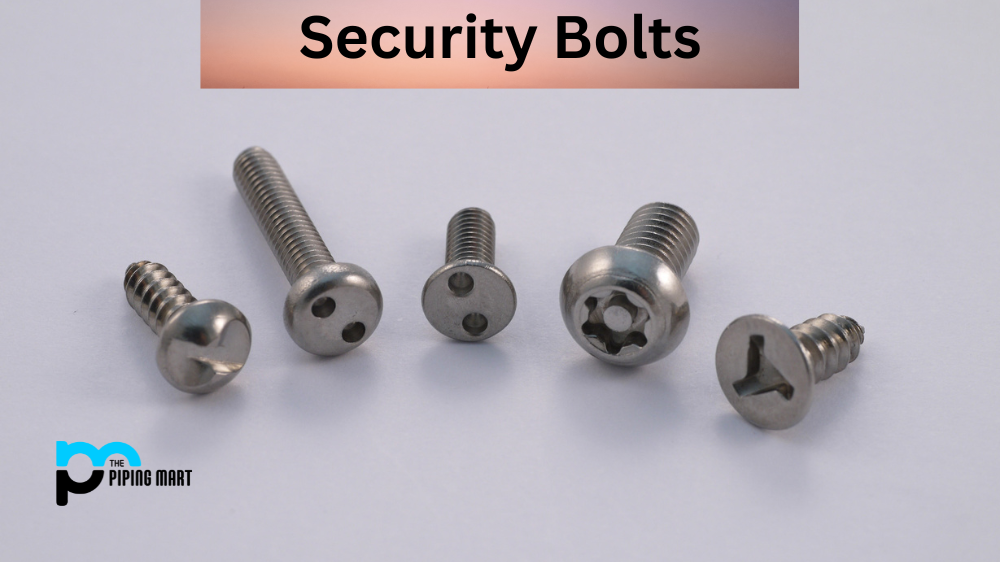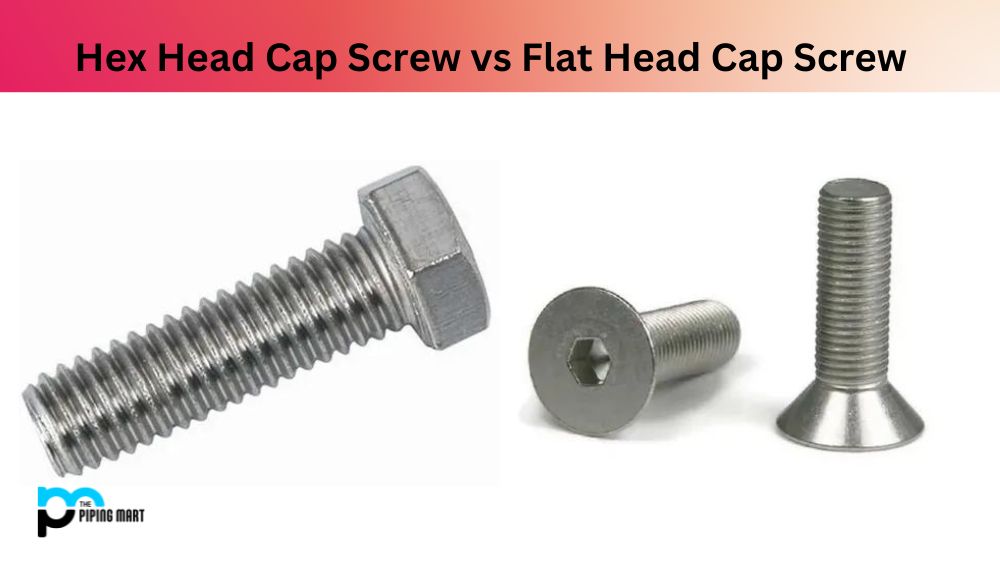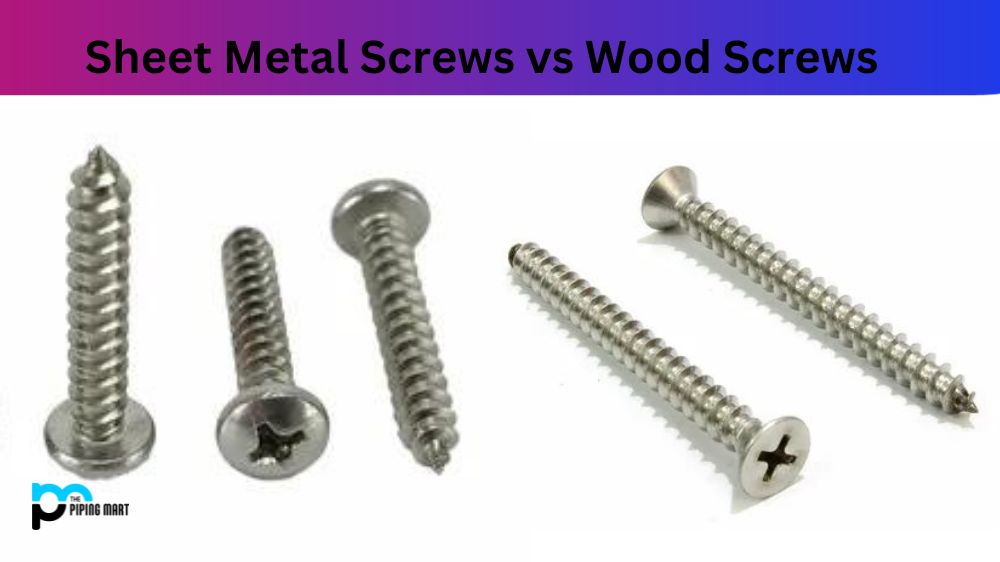When it comes to securing components in place with threaded fasteners, it is essential that you choose the right kind of washer to ensure a secured joint. Two of the most commonly used washers are shims and crush washers. While they may seem similar, they have different designs and uses. This blog post will discuss the difference between shims and crush washers, their uses, and explain which situations best suit each type.
What is Shims?
Shims are thin metal, wood or plastic pieces that fill gaps between objects. They are most commonly used in construction and manufacturing to provide a precise fit when assembling parts. Shims can level surfaces, tighten bolts, adjust alignment and secure objects in place without disassembling the structure. In addition, shims can help protect delicate components from damage caused by vibration or thermal expansion and contraction.
What is Crush Water?
Crush Water is a carbonated, flavored drink made with natural fruit extracts. It contains no artificial sweeteners or preservatives and is low in calories. It also has added electrolytes for hydration, vitamins B and C to support immunity and energy levels, and antioxidants to fight free radicals in the body. The flavors available are lemon-lime, blue raspberry, cherry limeade, strawberry kiwi and many more!
Difference Between Shims and Crush Washer
Design:
A shim is a thin and flat piece of metal that can be either a circular or rectangular shape with a uniform thickness. On the other hand, a crush washer has a tapered or cone shape and is specifically designed for one-time use. The tapered design of the crush washer enables it to fit snugly into the joint and create a secure seal.
Uses:
Shims are commonly used to level or adjust the height of a component during installation. They are also employed to manage the clearance level between two components. In contrast, crush washers create a tight seal between the fastener and the joint. This makes it useful in applications that prevent liquids or gases from leaking, such as fluid systems in automobiles or aircraft.
Application:
Shims are typically multi-purpose, and their design allows them to be stacked on top of each other to achieve the desired height adjustment or to manage clearance levels, while crush washers are designed for one-time use and are best suited for applications that require a tight seal.
Material:
Both shims and crush washers can be made of various materials, but the most common is metal. Shims can be made of stainless steel, aluminium, brass, plastic or paper, while crush washers are typically copper, aluminium, or steel. It’s important to note that the material used for shims and crush washers hinges on the application’s requirements.
Efficiency:
Regarding efficiency, crush washers are the superior choice thanks to their ability to perform well under high-pressure environments. Since they create a tight seal, they prevent loss of fluid or gas, which can be costly. Additionally, they are easier to install and allow reuse of other components.
Conclusion:
In conclusion, shims and crush washers have advantages in various applications. However, properly identifying when to use each type will ensure an optimal and secure joint. A shim is best used for height adjustments or managing clearances, while crush washers are ideal for creating a tight seal to prevent leakage. With knowledge of their unique designs and applications, you can select the appropriate washer for your application’s requirements.

Abhishek is a seasoned blogger and industry expert, sharing his insights and knowledge on various topics. With his research, Abhishek offers valuable insights and tips for professionals and enthusiasts. Follow him for expert advice on the latest trends and developments in the metal industry.




